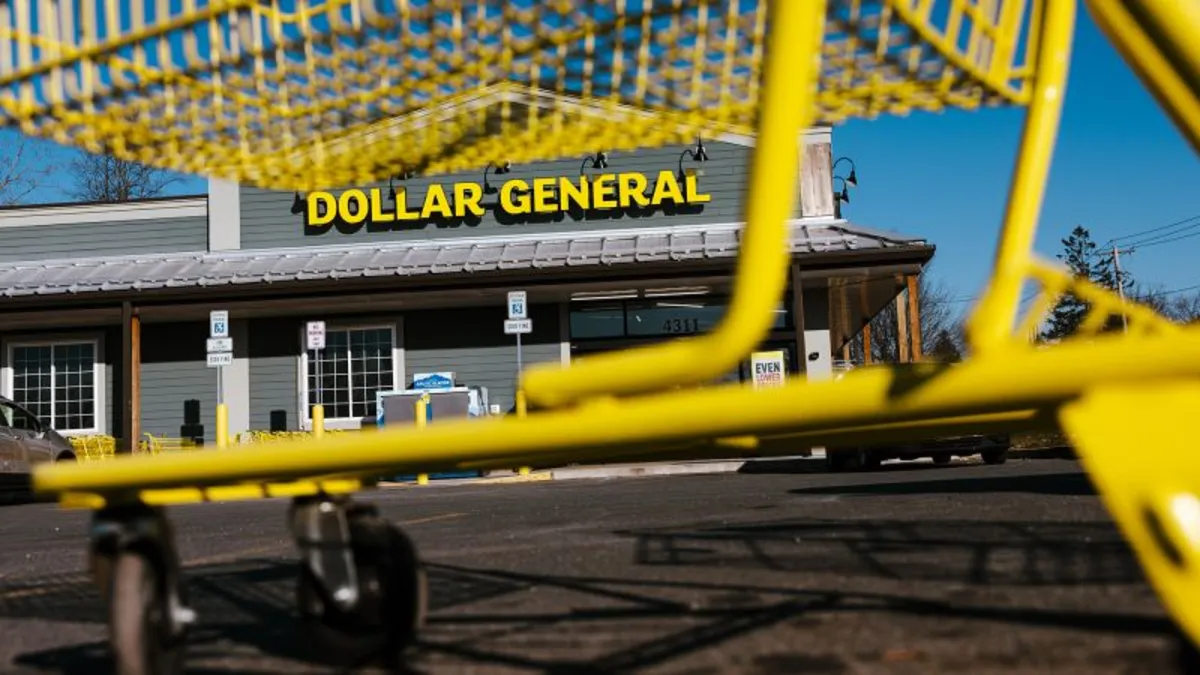
Recent reports indicate a significant decline in the financial condition of low-income Americans over the past year, with many shoppers increasingly unable to afford basic necessities. This alarming trend has been highlighted by Dollar General, a retail chain known for offering inexpensive items, which serves as a key indicator of the economic health of low and middle-income shoppers.
Dollar General primarily caters to customers earning under $40,000 annually. With over 20,000 stores located mainly in rural areas, the chain has a unique perspective on the financial challenges facing its core clientele. During an earnings call, CEO Todd Vasos remarked, “Our customers continue to report that their financial situation has worsened over the last year as they have been negatively impacted by ongoing inflation.” This statement underscores the ongoing challenges that many low-income shoppers are facing in today’s economy.
Despite a slight easing of inflation in February, essential costs such as housing and health care remain high, further straining household budgets. Dollar General reported a modest 1.2% increase in sales at stores open for at least one year last quarter. However, this was largely attributed to fewer visits from its primary customers, who are grappling with "ongoing financial pressures." The situation has led to a concerning trend where even middle-income consumers are opting to shop at discount stores like Dollar General.
The financial strain on consumers has been exacerbated by President Donald Trump’s tariffs on imported goods, which could further diminish consumer demand and force Dollar General to raise prices. While the company claims to be "well positioned" to handle the impact of these tariffs, the potential for increased prices could create additional challenges for its customer base, many of whom are already struggling.
The challenges facing low-income consumers are reflective of a broader consumer slowdown that spans various income levels due to factors such as inflation, tariffs, and a fluctuating stock market. In a recent interview with Fox News, Trump did not dismiss the possibility of a recession, which has contributed to a selloff in the stock market. In another troubling sign, Delta Air Lines has revised its profit outlook downward, citing decreased corporate and consumer confidence that is impacting travel demand.
Data from Moody’s Analytics reveals a stark contrast in spending habits, with high-income households increasing their spending by 12% from September 2023 to September 2024, while working-class and middle-class households have decreased their spending during the same period. Retailers like Kohl’s have also felt the pressure, forecasting sales drops of up to 6% this year, resulting in a significant drop in their stock price. CEO Ashley Buchanan noted that consumers earning less than $50,000 annually are “pretty constrained,” and those making under $100,000 are also facing challenges.
The financial landscape for low-income Americans continues to deteriorate, with rising inflation and economic uncertainty taking a toll on their ability to afford basic necessities. As companies like Dollar General adapt to these shifting consumer behaviors, it is evident that the economic pressures are far-reaching and require ongoing attention from both retailers and policymakers alike.